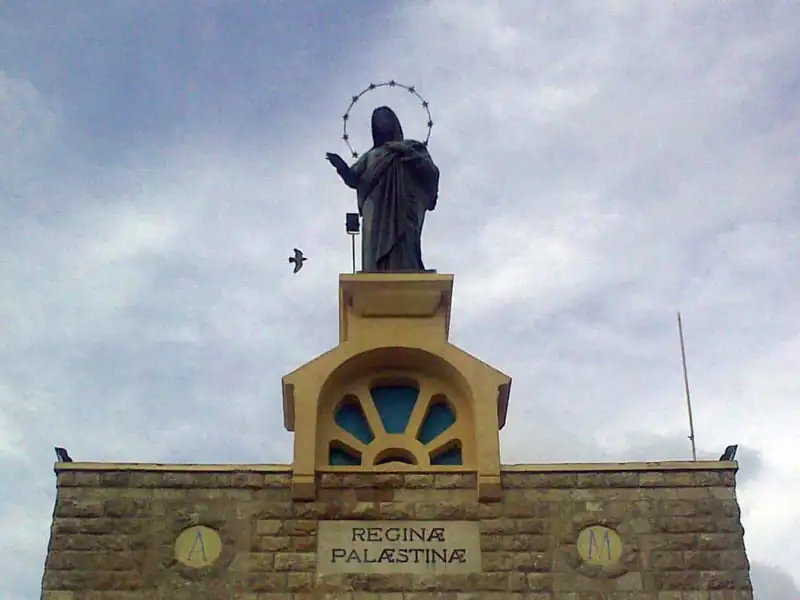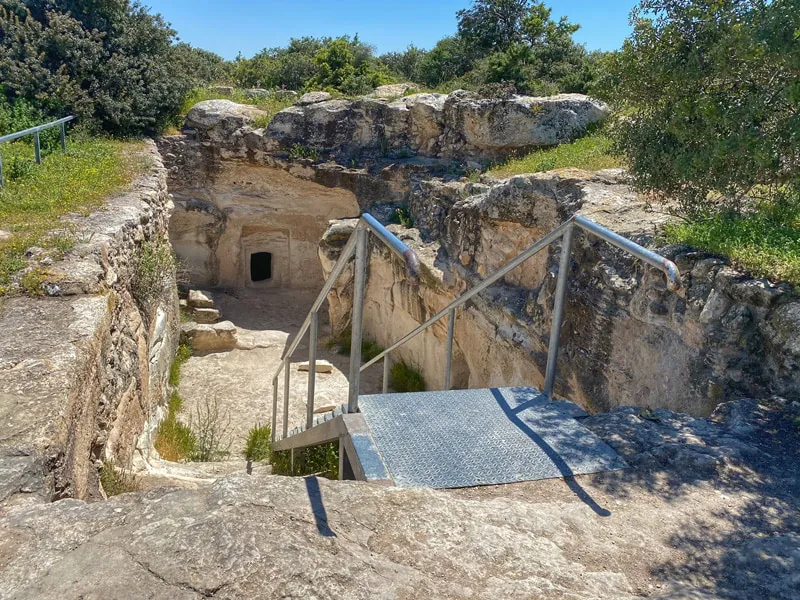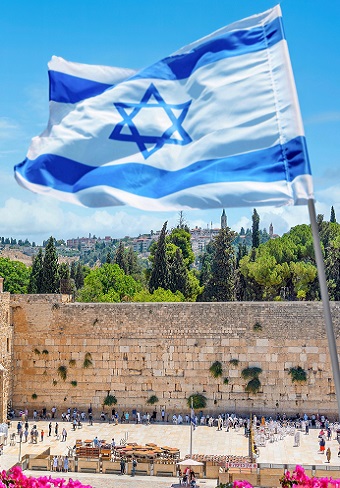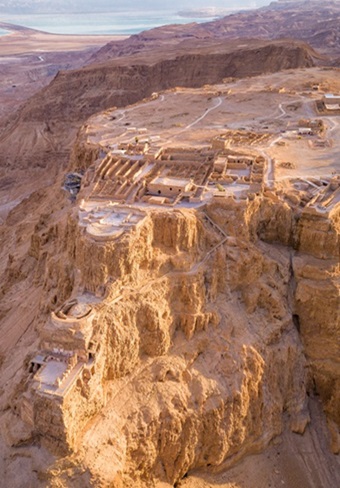Khirbet Beit Loya – Home of Prophet Lehi?

Khirbet Beit Loya is a unique archeological site in the southern Judean Foothills (the Shephelah), 5km south of Lachish. Some scholars suggest its original biblical name was Beit Lehi, which translates to “The Estate of Lehi” in Hebrew. By Latter-day Saints tradition, it may have been the estate of Prophet Lehi, a founding figure in the Book of the Mormons.
The History of Beit Loya
Settled since the time of the Israelites, the Latter-Day Saints Church believes this site was Lehi’s estate during this period. According to the Book of Mormon, the prophet Lehi left Jerusalem in the days of King Zedekiah (1. Ne. 2:1-4), and eventually sailed to “The Promised Land” (1. Ne. 5:212).
Was Khirbet Beit-Loya the Home of Priest Lehi?
Since the 1970s, the Latter-Day Saints Church suggest that Khirbet Beit-Loya may have been the home of Lehi, the first prophet in the Book of Mormon. Several arguments support this theory –
- The Arabic name of the site, “Khirbet Beit Loya,” means “the ruins of the House of Loya.” “Loya” is not a known name in Arabic, but perhaps it is preserving the name of the initial resident – Lehi.
- In 1961, a burial cave from the Israelite period was discovered at the site’s eastern end bearing seven inscriptions in Paleo-Hebrew. One reads, “YHWH (is) the God of the whole earth; the mountains of Judah belong to him, to the God of Jerusalem,” with aboat engraved next to it. The text implies that it was written by a Jew from Jerusalem, yet the ship suggests his plan to sail away.
- In the 4th century, Christian settled in the site and erected a a church. Its mosaic floor included a description of people sailing in a boat. Perhaps the local community was preserving the memory of a man who once sailed from here.
- In 2015, archaeologist founf another engraving depicting a boat in a cave at the site, next to a Greek inscription “Jesus is here.” The references to ships and sailing at this site are surprising as the closest body of water to Beit Loya, the Mediterranean Sea, which is 45 km away.
- According to one Scholar, by local Arab tradition, a prophet once lived at the site, but one day, he disappeared, and no one knows why.
Khirbet Beit Loya in Later Periods
Beit Loya was abandoned around the 6th Century BCE but was reoccupied two centuries later, possibly by Edomites. A few underground installations suggest the Edomites specialized in raising pigeons and producing olive oil. The Edomites abandoned the site when Judah the Maccabi led military raids in this region (Ant. 12 8 6). About 130 years later, in the days of King Herod, Jews returned to settle at the site. Archaeological research indicates that Edomite shrines were abolished, and the new Jewish inhabitants engraved a few seven-branched candelabras (Menorah). They also added ritual baths (Miqveh) and used unique purity vessels made of stone.
Khirbet Beit Loya in the Great Jewish Revolt
During the Great Jewish Revolt against the Romans (66-70 CE), the Jews dug hiding tunnels under the site. This was part of their tactical plan to fight a guerrilla war against the Romans. First-Century Jewish historian Josephus records a Jewish commander attempting to raid Ashkelon. Where he failed, he may have used these tunnels to hide from the Romans (Josephus, Wars, 3:22-28).
Khirbet Beit Loya in the Byzantine and Muslim periods

Detail from the Byzantine Church of Khirbet Beit Loya depicting a sailing scene
After the Roman conquest of the Khirbet Beit Loya, the site was abandoned for about three hundred years. In the fourth century CE, a community of Christians settled at the site. They built a basilica-shaped church, which may have been part of a monastery. Its mosaic floors combined geometric designs, images of sailing and fishing, and a few inscriptions in Greek. By the 9th century CE, the church was abandoned and parts of it was turned into a Muslim cemetery. The Muslims added a small mosque beside the abandoned church and occupied the site until the 14th century.
Touring Khirbet Beit Loya
 Today Khirbet Beit Loya is within the military firing zone of the Israeli Army (IDF). Being so, it can only be visited on the weekends and local holidays when the army isn’t training in the area. There is no paved road to the site, so an off-road 4×4 vehicle is required. The best time of the year to visit is in the spring when the area is in spring bloom. It is recommended to bring flashlights to explore its caves as well.
Today Khirbet Beit Loya is within the military firing zone of the Israeli Army (IDF). Being so, it can only be visited on the weekends and local holidays when the army isn’t training in the area. There is no paved road to the site, so an off-road 4×4 vehicle is required. The best time of the year to visit is in the spring when the area is in spring bloom. It is recommended to bring flashlights to explore its caves as well.










